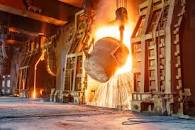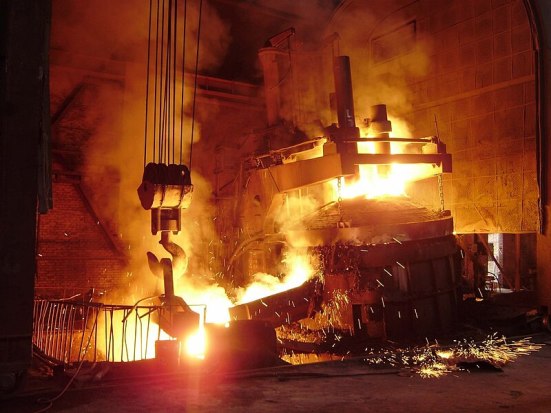How to Calculate Rolling Force in the Hot Rolling Process?
Introduction
In the hot rolling process, calculating the rolling force is crucial for optimizing the operation and ensuring the quality of the final product. The rolling force affects various parameters such as the deformation of the material, power consumption, and the life span of the rolling mill. To achieve the desired results, it is essential to have a clear understanding of how to calculate the rolling force accurately. This article will guide you through the steps involved in this calculation, providing you with the expertise needed for a successful hot rolling process. Meta TechX Engineers…
Calculating Rolling Force
To calculate the rolling force in the hot rolling process, you need to consider several factors such as the material properties, deformation characteristics, and the roll pass design. Here are the steps involved in this calculation:
- Determine the Type of Material:
- Different materials have different properties, such as yield strength and elastic modulus. These properties play a significant role in determining the rolling force.
- Collect the necessary data for the specific material you are working with, including its yield strength, elastic modulus, and other relevant properties.
- Calculate the Area Reduction:
- The area reduction is the ratio of the cross-sectional area before and after rolling. It represents the reduction in thickness of the material during the rolling process.
- Measure the cross-sectional area of the material before and after rolling.
- Calculate the area reduction as (A1 – A2) / A1, where A1 is the initial area and A2 is the final area.
- Determine the Entry and Exit Speeds:
- The entry and exit speeds of the material through the roller are essential for calculating the rolling force.
- Measure the entry and exit speeds of the material.
- Ensure that the measurements are accurate to obtain reliable results.
- Calculate the Strain Rate:
- The strain rate measures the rate of deformation of the material during the rolling process. It is a crucial parameter affecting the rolling force.
- Determine the strain rate using the equation: Strain rate = (V2 – V1) / t, where V1 and V2 are the entry and exit speeds, and t is the time taken for the material to pass through the roller.
- Determine the Roll Diameter and Contact Length:
- The roll diameter and contact length play a significant role in calculating the rolling force.
- Measure the diameter of the rolls and the contact length between the rolls and the material.
- Calculate the Rolling Force:
- Finally, calculate the rolling force using the equation: Rolling force = (0.5 × Y × B × L × F × ρ × v^2) / D, where Y is the yield strength, B is the width of the material, L is the contact length, F is the area reduction, ρ is the density of the material, v is the entry or exit speed, and D is the roll diameter.
Using the above steps, you can accurately calculate the rolling force in the hot rolling process, enabling you to optimize the operation and achieve desired results.
- Finally, calculate the rolling force using the equation: Rolling force = (0.5 × Y × B × L × F × ρ × v^2) / D, where Y is the yield strength, B is the width of the material, L is the contact length, F is the area reduction, ρ is the density of the material, v is the entry or exit speed, and D is the roll diameter.
Conclusion
Calculating rolling force is a critical aspect of the hot rolling process. By accurately calculating the rolling force, you can optimize the operation, ensure the quality of the final product, and extend the life span of the rolling mill. Understanding the material properties, deformation characteristics, and following the step-by-step process mentioned in this article will help you achieve accurate rolling force calculations. Implement these calculations in your hot rolling process and witness the positive impact on the overall efficiency and quality of your operations.
Meta TechX Blog for Steel industries professionals




2 thoughts on “Rolling Force in Hot Rolling Process”